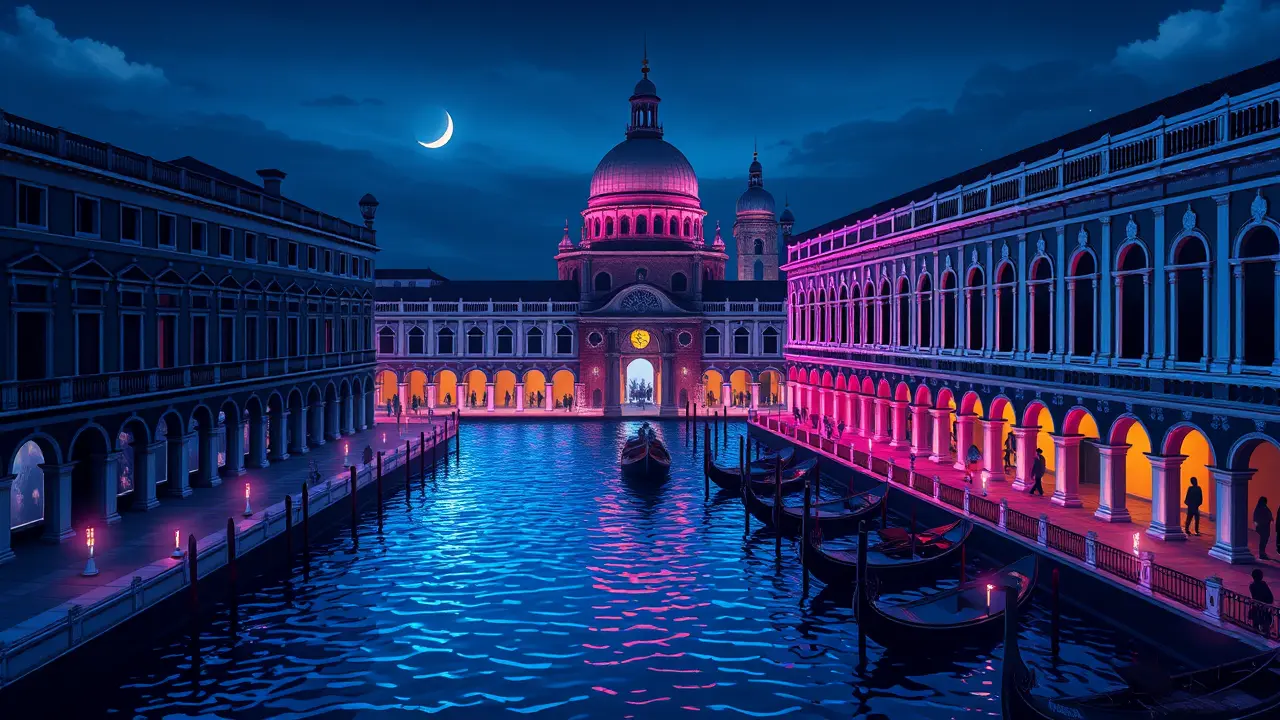India Returns to Venice Biennale with Indigenous Artists in 2026
Darling, grab your opera glasses and mark your calendars, because after what feels like an eternity on the sidelines, India is making a grand, glittering return to the Venice Biennale in 2026, and the buzz is absolutely electric. Forget the usual suspects from the established gallery circuit; this time, the pavilion is being handed over to a cadre of brilliant emerging Indigenous artists, a move that is as bold as it is breathtaking.Imagine the scene: the Giardini, that sun-drenched sanctum of the global art elite, about to be utterly transformed by the raw, ancestral power and contemporary vision of artists whose voices have been historically, and scandalously, overlooked. This isn't just a national presentation; it's a full-blown coup, a statement of intent that rips up the old playbook.For years, India's absence from the world's most prestigious art exhibition was a glaring omission, a quiet scandal whispered about at champagne receptions, a void where a giant should have been. Its last official pavilion was back in 2011, a lifetime ago in the fast-paced art world, leaving a subcontinent of staggering creative force largely represented through scattered inclusions in the main international exhibition, never with the focused, flag-flying prominence it deserves.Now, the comeback is orchestrated with a curatorial genius that deserves a standing ovation—by centering Indigenous practitioners, India isn't just participating; it is reframing the entire conversation, challenging the very Western-centric foundations of the Biennale itself. It’s a power move more dramatic than any red carpet feud.Think about it: while other pavilions might trot out their usual art stars, India is bringing the soul of the land, the whispers of ancient forests, the rhythms of tribal communities, and the fierce political energy of those fighting to preserve their heritage in the face of relentless modernization. We're talking about artists who work with mediums that are themselves stories—natural pigments, traditional textiles, reclaimed materials, and digital forms that bridge millennia.Their art isn't just for contemplation; it's a living, breathing archive of resistance, memory, and identity. The potential lineup is the stuff of fantasy—imagine a sculptor from the Warli community reinterpreting their iconic ritual paintings into monumental installations that dialogue with the Venetian architecture, or a video artist from the North-East weaving together folklore and the contemporary realities of border conflicts.The sheer visual and conceptual drama will be unparalleled. This pivot towards indigeneity is also a masterstroke in global cultural diplomacy, positioning India not merely as a nation-state but as a custodian of profound, diverse civilizations, a narrative that resonates powerfully in today's fraught geopolitical climate.It’s a rebuke to homogeneity, a celebration of the marginal, and a testament to the fact that the most exciting art today is often emerging from the edges, not the centers. The impact will be seismic; for the artists selected, this is a career-making, life-altering platform that will catapult them onto the international stage, ensuring their work is seen, collected, and discussed by the most influential curators, critics, and collectors.For the global audience, it's a long-overdue education and an unforgettable aesthetic experience. The 2026 Biennale is shaping up to be a historic event, and all eyes will be on the Indian pavilion—not as a side show, but as the main event, the talk of the town, the pavilion that everyone will be scrambling to get into. It’s more than an exhibition; it’s a coronation, and honey, you won't want to miss a single second of the spectacle.
It’s quiet here...Start the conversation by leaving the first comment.
